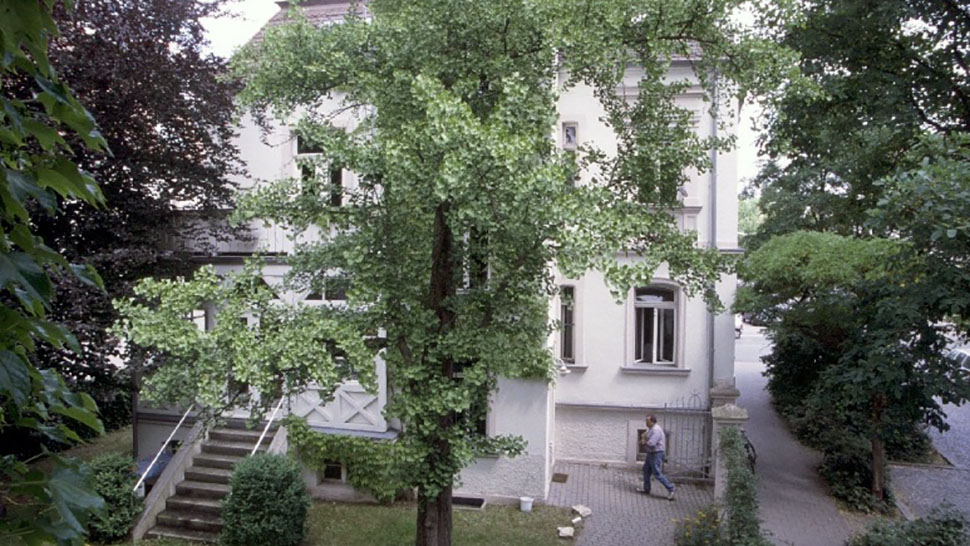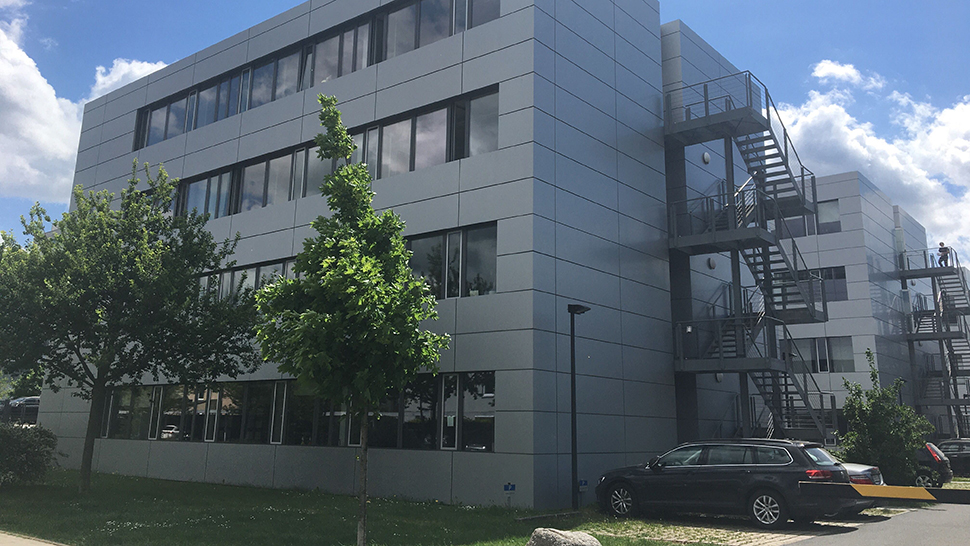Erlangen and the FAU
 Wandering in the Walberla, in the Frankonian Switzerland - about 20 km Northeast of Erlangen (Photo by markusspiske, pixabay.com)
Wandering in the Walberla, in the Frankonian Switzerland - about 20 km Northeast of Erlangen (Photo by markusspiske, pixabay.com)
The city of Erlangen
 The ‘Orangerie’ in the Schloßgarten (photo by Laura Albers)
The ‘Orangerie’ in the Schloßgarten (photo by Laura Albers)
Friedrich-Alexander-Universität Erlangen-Nürnberg (FAU)
Founded in 1743, Friedrich-Alexander-Universität Erlangen-Nürnberg (FAU) is a research university primarily based in Erlangen with campuses across the Nuremberg metropolitan area. FAU is consistently ranked highly in both national and international rankings. According to Reuters Top 100, FAU is the most innovative university in Germany, the 2nd in Europe, and the 14th in the world. In the „Shanghai Ranking“ of Academic Ranking of World Universities, 2021, FAU belongs to the top 300 universities worldwide.
Our courses and the Faculty of Natural Sciences are in Erlangen, but thanks to efficient public transport, students can choose from a wide housing offer, from lively downtown Nuremberg to countryside locations outside Erlangen.
 The main University building (photo by Georg Pöhlein)
The main University building (photo by Georg Pöhlein)
GeoZentrum Nordbayern
 The main building of the GeoZentrum (entrance to Mineralogy)
The main building of the GeoZentrum (entrance to Mineralogy)
The Faculty of Natural Sciences is organized into five departments. Our institution, the GeoZentrum Nordbayern (focusing on geosciences), belongs in the Department of Geology and Geography.
The main building of the GeoZentrum has a very central location, in the Gardens of the University Castle (in the Schloßgarten). Most geology-related courses take place in this building - except most master-level paleontology courses, which are organized by the staff working at the Paleontology.
Paleontology
For historic reasons, the Paleontology (Lehrstuhl für Paläoumwelt) is somewhat separated physically from the rest of the GeoZentrum, and its buildings are spread out.
- Main building
-
The main building (usually referred to as the “Institute”, or just “Pal”) is technically an old, three-storey villa, about ten minutes of walk away from the GeoZentrum, in Loewenichstr. 28. Most of the teaching staff has offices in this building, and this is the place to find our secretary as well. Some parts of the palaeontology collection are also stored in the basement.
- Lab building
-
Opening from the garden of the main building is the laboratory building (Fichtestr. 8), where most equipment is located, including the rock lab, our Micro Computed Tomograph, MicroMill and Scanning Electron Microscope.
- "Henkestraße"
-
The recently acquired Henkstraße buildings (Henkestr. 91) are about 5 minutes of walk away from the rest of the buildings. It is a part of the “Medical Valley” and contains some more offices, our discipline-specific library, and our main seminar room.
 The main building from the Lab (photo by Axel Munnecke)
The main building from the Lab (photo by Axel Munnecke)
 The laboratory building from street.
The laboratory building from street.
 The entrance to the Henkestraße building (photo by Danijela Dimitrijevic).
The entrance to the Henkestraße building (photo by Danijela Dimitrijevic).
Despite the small size of our field, we have three professors focusing on Paleontology, which makes the Erlangen group a unique hub of paleontological research in Europe.
